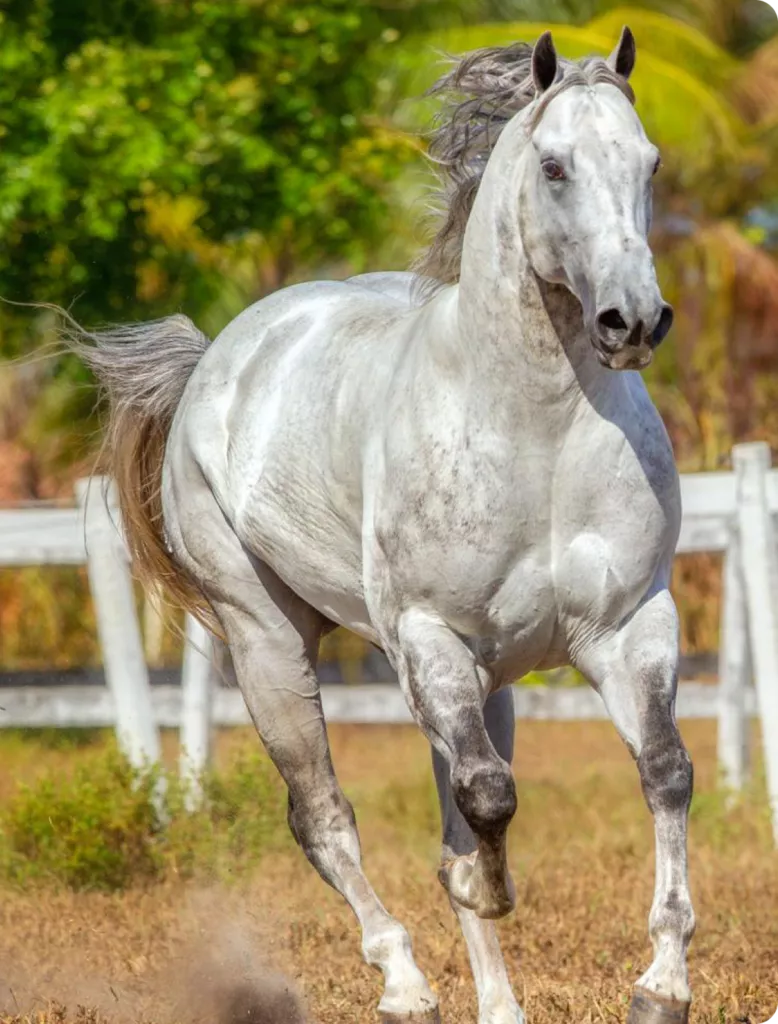ANTIOX E-C Selenium
Oxidative Stress and Antioxidants for Horses
During cellular metabolic processes reactive oxygen species (ROS) are produced, molecules with oxidative potential. In a healthy organism, a balance between the production and elimination of these molecules must be maintained, as they can interact with proteins, lipids, and nucleic acids, causing damage to cellular structures.
Although ROS are normally generated in cellular processes, their production can increase under certain conditions, such as diseases, pregnancy, periods of stress, aging, and intense muscle activity during physical exercise. In horses, exercise increases the demand for and consumption of oxygen by muscle cells. During cellular respiration, not all oxygen reaching the cells is converted into CO2 and H2O, resulting in the production of ROS.
There are mechanisms to eliminate these molecules: the endogenous and exogenous antioxidant systems. The endogenous antioxidant system can be divided into enzymatic and non-enzymatic components. The enzymatic system includes enzymes such as superoxide dismutase, catalase, and glutathione peroxidase. The non-enzymatic system is composed of antioxidants like glutathione, myoglobin, ferritin, metalloproteins, coenzyme Q10, polyamines, melatonin, transferrin, and ceruloplasmin. Exogenous antioxidants are substances found in foods ingested in the diet, such as carotenoids, vitamin E, and vitamin C.
Oxidative stress occurs when there is greater production of ROS than the capacity for their neutralization or elimination, which can result from excessive production or failures in the neutralization systems of these molecules.
Supplementation can enhance antioxidant capacity, helping to reduce the damage caused by ROS. The main antioxidants used in horse supplementation are: Vitamin E: Located in the core of cell membranes, it is the only antioxidant capable of interrupting the chain reaction of lipid peroxidation.
Selenium: Essential for the functioning of glutathione peroxidase, one of the most important enzymes in the endogenous antioxidant system.
Vitamin C: Water-soluble, it acts as an electron-donating antioxidant, functioning as a reducing agent. Additionally, it enhances the action of vitamin E, which is essential for the regeneration of this and other antioxidants from their oxidized forms. Vitamin C is the most abundant non-enzymatic antioxidant in the lungs.
Incorporating antioxidants into horses’ diets is crucial for maintaining their health and performance. Antioxidants play a critical role in neutralizing ROS, preventing cellular damage that can compromise muscle health, aiding in post-exercise recovery, and contributing to the overall well-being of horses. During periods of high metabolic demand, supplementation with antioxidants like Antiox E-C Selenium becomes even more important, making it a vital strategy in equine nutrition for the longevity and optimized performance of these animals.
